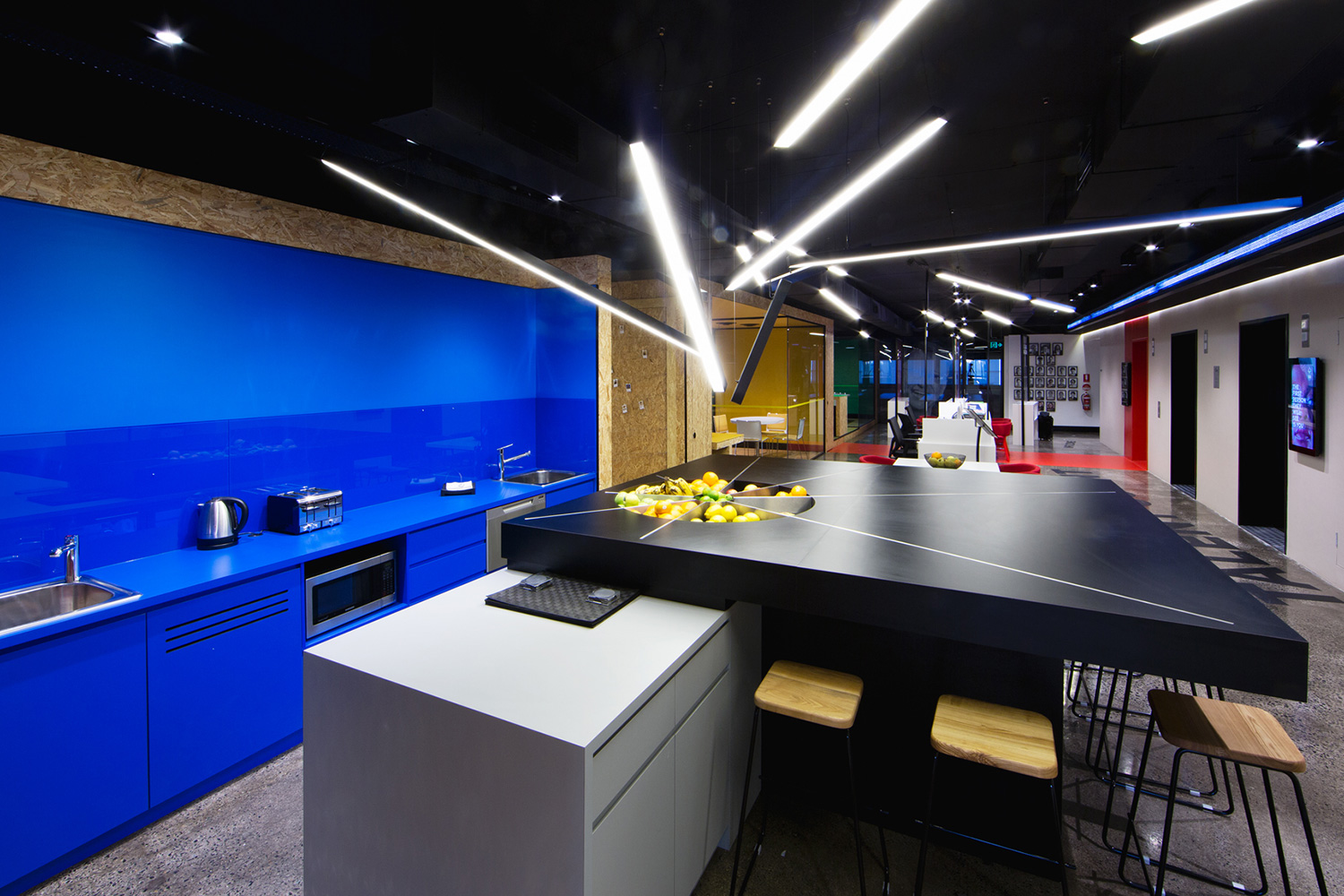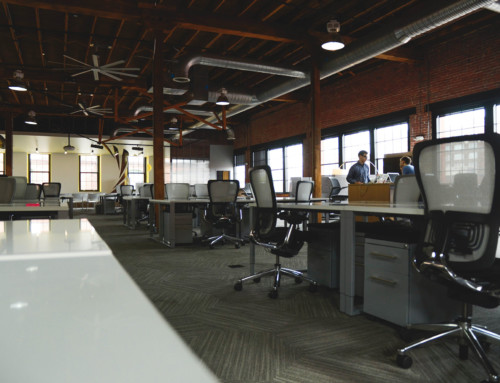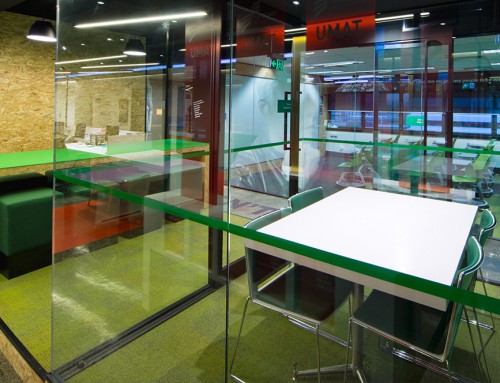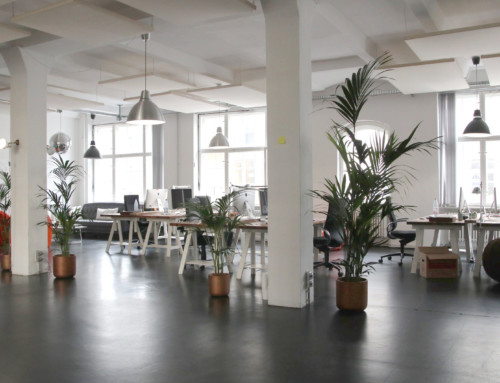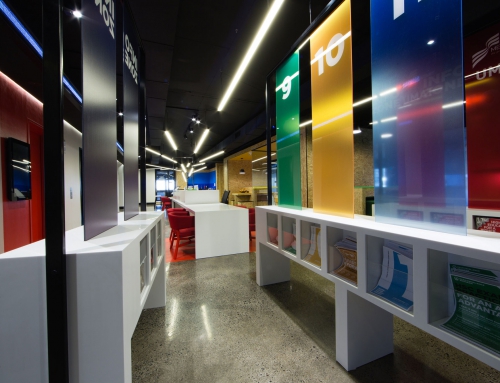Step 1: Preparing for Your Fitout
A new office fitout is a major project and as you first get underway the scale of the thing can feel daunting.
The best way to tackle it is to break it down into stages. Work through them one after the other and you’ll avoid costly mistakes, ensure you don’t miss anything critical (like compliances) and achieve the most effective and productive new office space possible for your organisation.
Step one is preparing for your fitout. There’s a reason athletes train for months before a race or a game. The more work you put in ahead of time, the better the results on the day.
1. Conduct a Space Utilisation Study – To get the balance right in your new office fitout you need to understand exactly how people are using your current office space. Stop and examine:
- How much time is spent at desks and in meeting rooms?
- How often, and how exactly, are kitchens and break-out areas being used?
- Do some individuals or teams have too much or too little space?
- Are there areas that are not used very often?
- Are specialist technical areas (e.g. labs, climate controlled areas etc) under pressure or underused?
- Is current storage space too much, or too little?
- How many visitors come through your reception or showroom area?
2. Survey Your Staff – Ask the people who actually work in the space every day for their input. This way your new fitout will be based on practical feedback. Plus, you’ll bring staff on board for the transition to their new workplace and ensure a happy and productive workforce when you get there.
Ask your staff:
- What do they like or dislike about the current office layout?
- How would they improve it, for efficiency / productivity?
- What do they think is missing or inadequate in the current office?
- What do they think is unnecessary?
- What’s the number one thing they would like to see in the new office fitout?
2. Establish Organisational Priorities – Sit down with senior management to get a clear steer on exactly what the organisation’s priorities are for the new office fitout, and their plans for the future.
You need to know:
- Are there specific operational issues or concerns (e.g. technical, service, budget) that are driving the move to the new site?
- What does each department or division require to ensure maximum productivity?
- How will growth and development projections change things and what allowance needs to be made to accommodate?
Put all this together and you’ll have a wealth of information to draw on as you move to the next stage: Step 2: Define Your Brief.
Bryan Palmer

